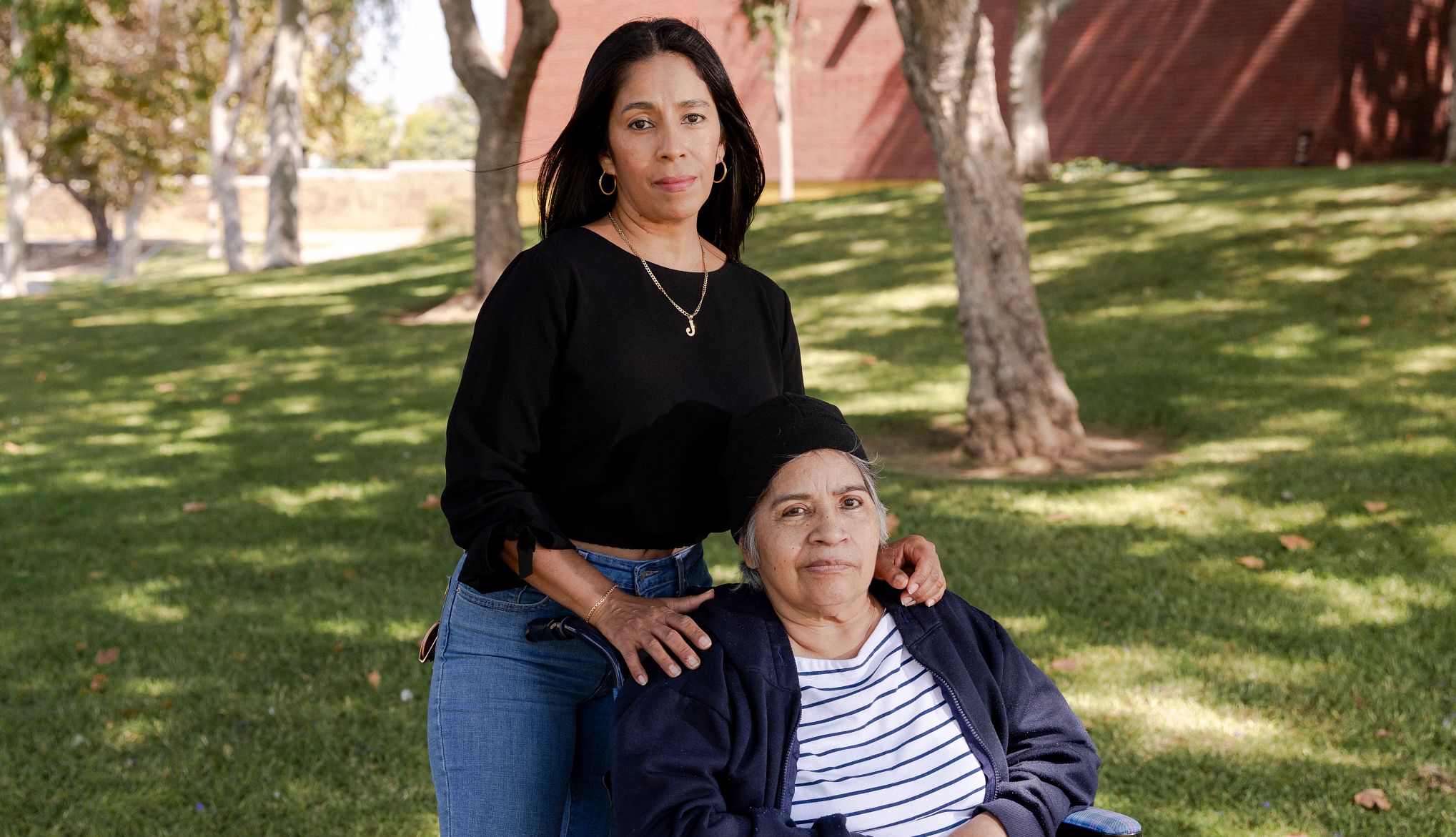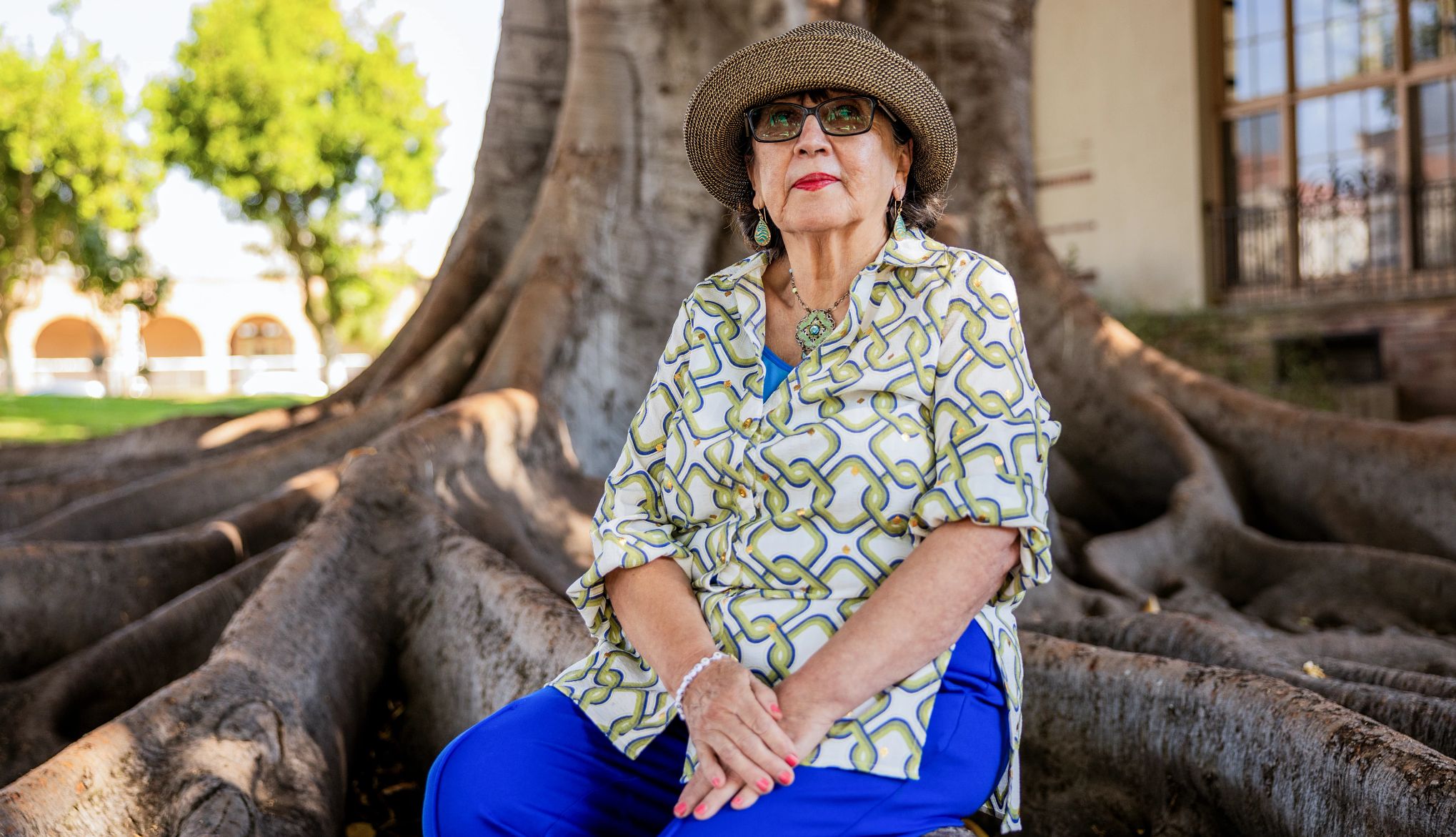AARP Hearing Center


Enma Espinoza had to make some tough financial decisions during the 15 years she was caring for her husband, Frank, who had dementia.
“We had to withdraw from our bank savings, IRA and other accounts to be able to provide for our own needs,” says Espinoza, 73, a native of Ecuador who has lived in Los Angeles since the early 1970s. On top of that, she quit her data-entry job to devote herself to caregiving.
“I had to take early retirement because we needed the money,” she says. “I stopped contributing to Social Security, my retirement or pension plan. Early retirement does not pay full benefits. I was receiving less money just when we needed it the most.”
Frank died in January 2024. Espinoza has no regrets: “I was able to give Frank, the love of my life, the best quality of life possible. We spent a lot of precious moments together.”
The choices she faced are familiar to tens of millions of family caregivers across the country, two-thirds of whom have difficulty balancing work and caregiving duties, according to a May 2024 report from AARP and S&P Global.


Those struggles can be particularly acute for Latinos, who face the greatest financial strain from caregiving among racial and ethnic groups. The most recent edition of AARP’s “Caregiving Out-of-Pocket Costs Study” found that caregiving expenses consumed 47 percent of Hispanic/Latino caregivers’ income in 2021, compared with 26 percent for caregivers overall.
For women, who make up three-quarters of Latino caregivers, the financial onus is even greater — 56 percent. That larger chunk comes out of a smaller pie: With median weekly earnings of $831, Hispanic women earn 14 percent less than Hispanic men and 20 percent less than non-Hispanic white women, according to federal data for the second quarter of 2024.
Those numbers have major implications, not just for Latina caregivers’ day-to-day lives but for their financial futures.
“Having to cut hours to go part-time or stop working in order to take on the full-time caretaking responsibility really puts a dent in your ability to contribute toward your own retirement planning in terms of making consistent, recurring contributions,” says Yanely Espinal, director of educational outreach for Next Gen Personal Finance, a nonprofit financial education organization, and author of the book Mind Your Money.
‘I’m now living check to check’
At 72, Michelle Dueñas had fully expected to be enjoying her retirement. Instead, she’s holding on to a part-time job as a school counselor to help cover expenses for her mother, 97, who is bedridden with Alzheimer’s, and, until his death in September 2024, her father, who was 98 and frail with a compromised immune system. Things got more complicated when her parents moved from hospice care to palliative care — she now pays out of pocket for some expenses that Medicare had previously covered.
“I’m working so that I can help with the bills,” says Dueñas, a Mexican American from West Covina, California. “[Maybe] I would be living in a home that I invested in for my retirement. But I don’t want to resent taking care of my parents. I want them to know that I do it because I love them.”
For Ana Rodríguez, caring for her late mother, who had Alzheimer’s, created tensions on the job. She often had to come in late or leave work to attend to her mother.


“Our human resources guy made me get a letter from her doctor because he thought I was taking advantage of the situation,” recalls Rodríguez, a 64-year-old Chicagoan of Puerto Rican descent. “I was already thinking I was going to have to retire or go back to freelance work, which was petrifying to me.”


































































More From AARP
My Biggest Retirement Mistake: ‘I Wish I Had Started Saving Earlier’
A retired nomad learns to make do with lessAlzheimer’s Crisis Looms for Latinos
A look at dementia’s far-reaching impact on Hispanics in the U.S.
Nearly Half of All Workers Don’t Have Access to Retirement Savings Plans
The statistics are worse for minorities, women
Recommended for You